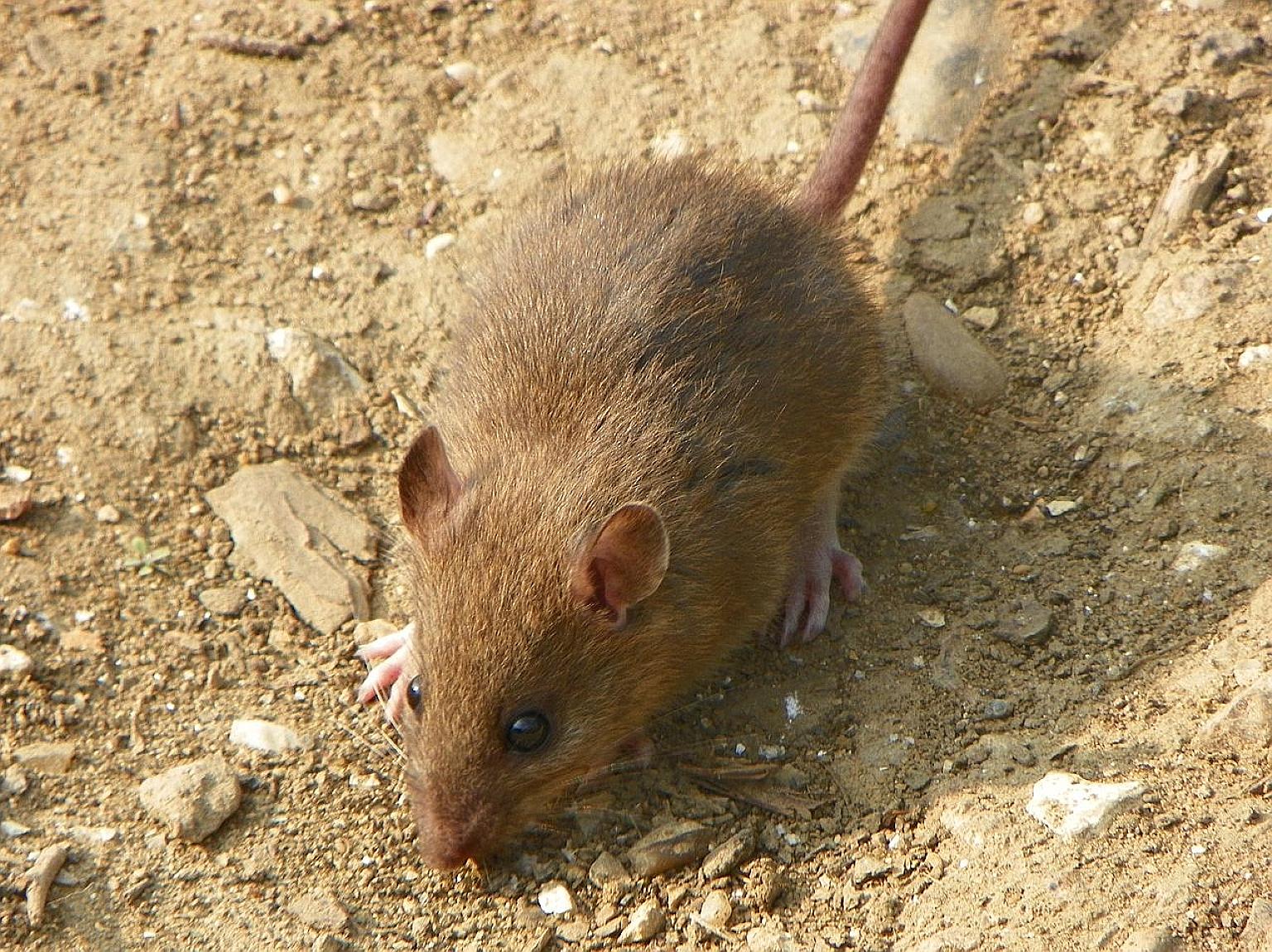Oh rats! They're back
Rodent scourge is on the rise, and seeing rats in the day is a sure sign of infestation: Experts
Sign up now: Get ST's newsletters delivered to your inbox

Ng Huiwen
Follow topic:
They live around us, thriving on the scraps of food left lying around in homes and shopping malls, typically in the dark of the night.
But in recent times, incidents of rats seen scurrying about in the day have gained widespread media attention. Pest control experts said this is an indication that the rodent scourge in Singapore is on the rise.
"If rats are seen during daytime, you can be sure that there is a high infestation of rats," said PestBusters chairman and chief executive Thomas Fernandez.
PestBusters is one of five pest control firms to report increases of between 20 per cent and 60 per cent in rat-related inquiries.
The firm, which has been in the business for 25 years, received 1,563 inquiries involving rats last year - a 55 per cent rise from the 1,006 inquiries the year before.
In the first quarter of this year alone, it received more than 400 calls involving rats.
At Innovative Pest Management, three out of five calls made to its hotline are about rats. Its technical director Hadi Hanafi said: "We started seeing an increase in calls after the Bukit Batok incident two years ago."
These days, rats can be seen lurking around construction sites, restaurants, common areas of shopping malls and in homes, pest controllers said.
Last week, it was reported that Marina Bay Link Mall, part of the Marina Bay Financial Centre, was the latest mall to have rat issues. Dried droppings were found in the false ceilings of a food outlet and a common area of the mall during an inspection. Shortly before that, a Facebook user uploaded photos and a video of a rat in the bread section of the FairPrice outlet in Kang Kar Mall next to Hougang Mall.
Keeping the premises clean is crucial in the battle against rodents but the urbanisation of Singapore's landscape has contributed to the recurring rat problem, said Dr Chan Hiang Hao, a medical entomologist at Rentokil Singapore. He has received an average of 55 rat-related inquiries a month since January.
"Urbanisation provides greater availability of resources for the rats, causing them to have a generally higher growth rate," said Dr Chan.
For instance, the common Norway rat or brown rat can mature in 10 to 12 weeks in an urban environment , after which it is capable of giving birth to six litters - each consisting of about eight pups - every year.
Another reason for the spike in the rodent population could be the trend of mixed-use developments, said Ms Audrey Ong, who is the business development manager at Origin Exterminators.
"There are now more food places distributed throughout buildings, and where there are people and food, there will be rodents," she said.
Ms Ong added that false ceilings, especially those used in commercial buildings, are often "ideal habitats" for rodents. She said: "These are hidden areas of a building that pest controllers may not check frequently because access can be limited."
To target these problem spots, the firm has started using infrared sensors that can gather real-time data on rat activity.
Some experts also believe that current rodent control methods have not evolved to deal with the rats.
"The rats are very intelligent and they can recognise the baits that are used over time," Mr Hadi said.
"If they bring the bait home and one of them dies from feeding on it, they will not touch the rest of it."
Rats have also learnt to avoid the metal cages and glue boards typically used to catch them, experts said. That is why empty traps cannot be a sure sign that the problem is at bay, they added.
"It's not reasonable to expect that there will be zero rats," said Ms Ong. "But if the population is low, you won't usually see them in the day because rats are biologically nocturnal. If the colony is growing fast, the weaker ones will be out to forage during the day, due to competition for food."
Many experts said pest control measures, such as inspections and maintenance of traps, should be an ongoing effort.
Said Mr Hadi: "It is not just about getting the cheapest quote because the people you get may not be well- trained to target the rat colonies and eliminate them."

